iPhone vs. Android: Which actually offers longer support?
Til death do us download
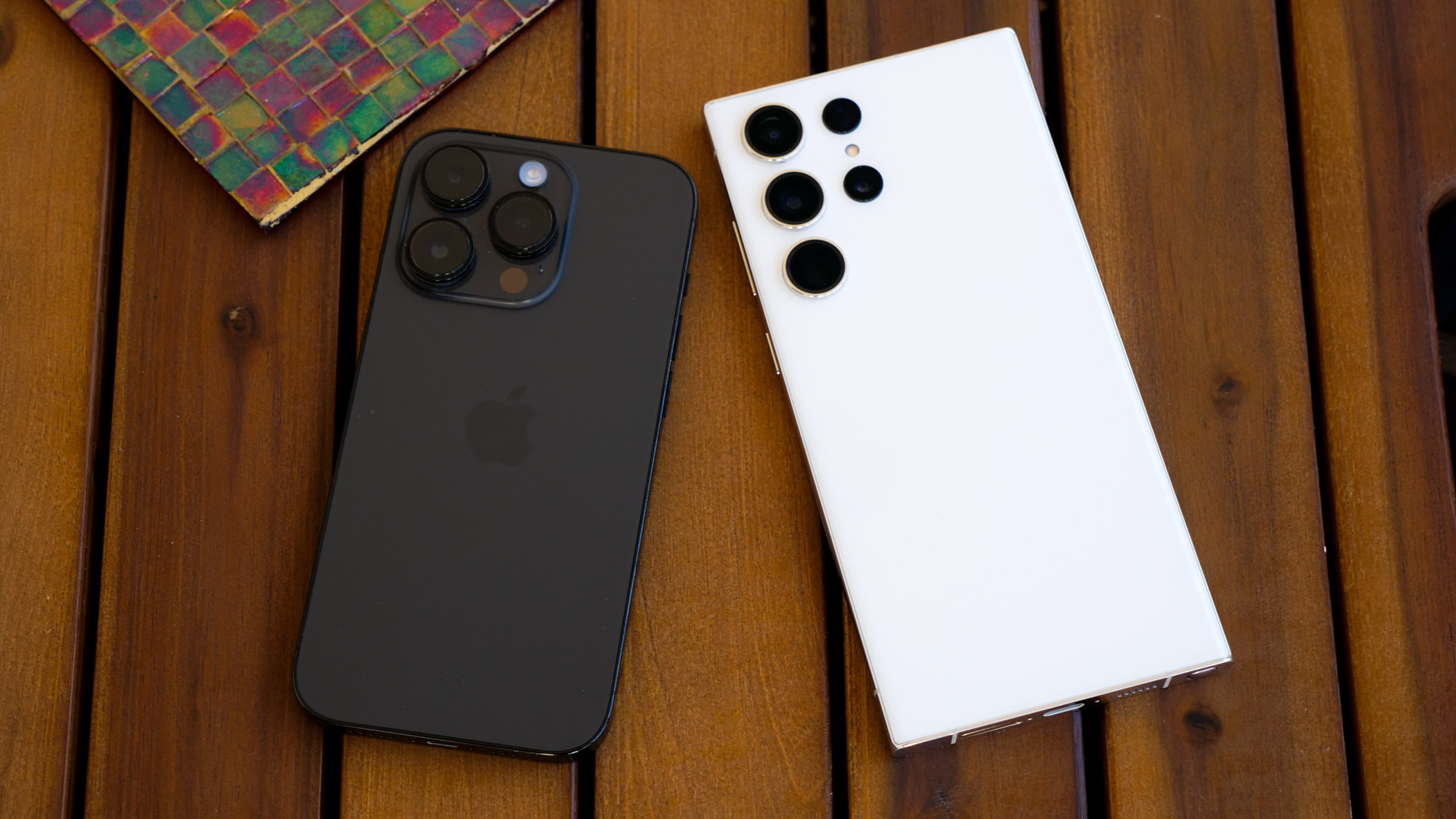
“It’s better to burn out than to fade away!” wailed Def Leppard in 1983, the year that cell phones became commercially available. Given that app stores wouldn’t arrive for another couple of decades, the band can be forgiven for not anticipating how the primary way of obtaining apps would affect how long such devices remained viable. (Besides, one shouldn’t read too much into the words of a band whose lyrics included “Gunter glieben glauten globen.”)
Which major mobile OS platform does a better job of keeping apps available for devices as those devices age? Particularly in this age of sustainability consciousness, smartphone companies are doing more to keep their users up to date. Apple generally supports iOS upgrades for up to six years. And at the launch of the Pixel 8, Google announced that the phone would receive seven years of software support, including OS updates.
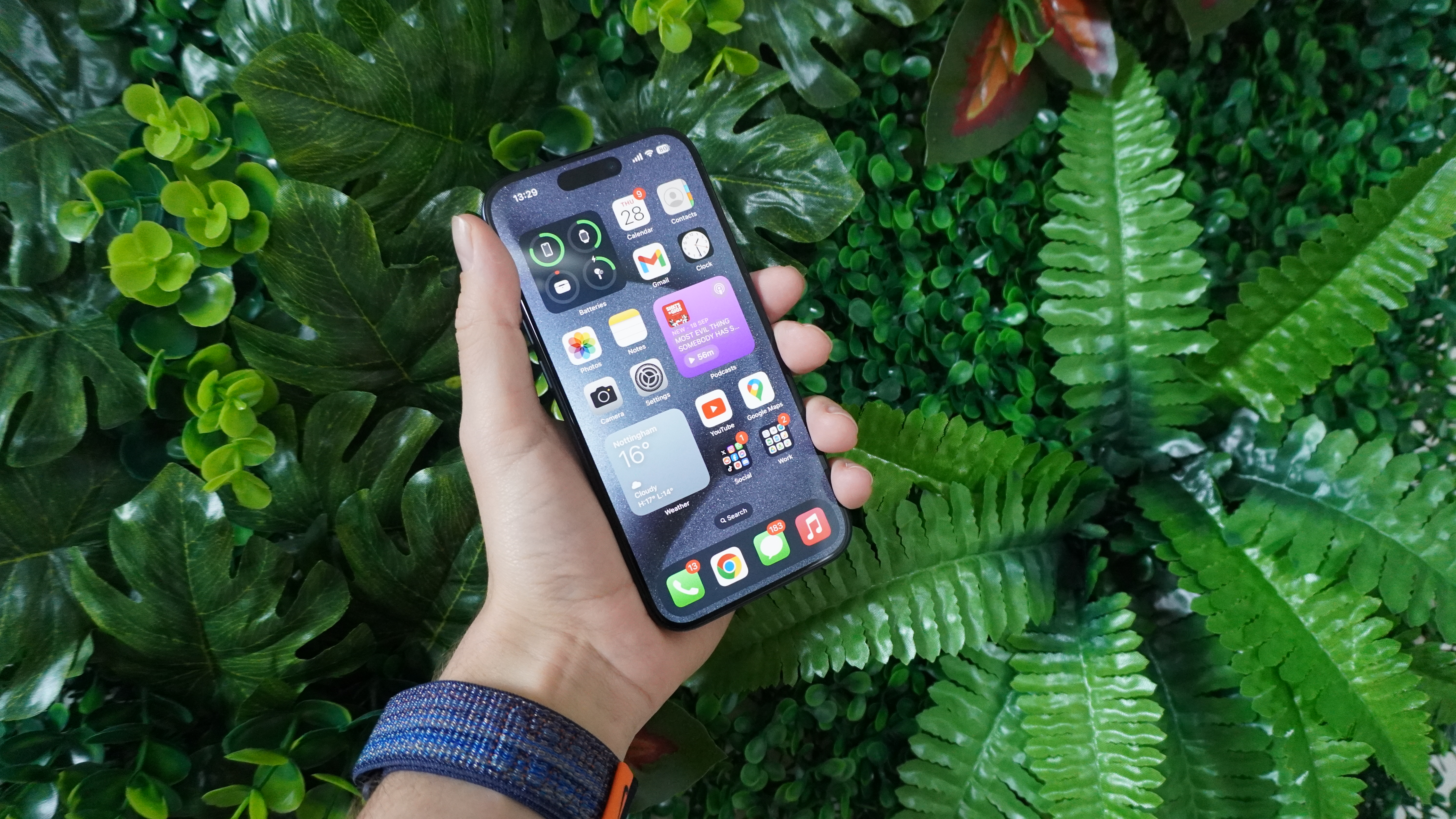
Even if the latest software features don’t entice, keeping up to date with security updates can offer peace of mind. And particularly for Apple and Samsung flagship device owners, there’s a healthy market for used devices. But many of those and other devices grow old somewhere. And even very old phones and tablets can still be used for many tasks that once required dedicated devices.
To nudge developers to use the latest iOS features, Apple would often tout the high percentage of users using the latest versions, Often, though, iOS developers set high bars for a minimum operating system requirement. Many popular apps require an OS no more than three versions behind Apple’s latest. (By the time Apple released the final 7th generation iPod touch in 2019, many apps wouldn’t install on the 6th generation, released in 2015.)
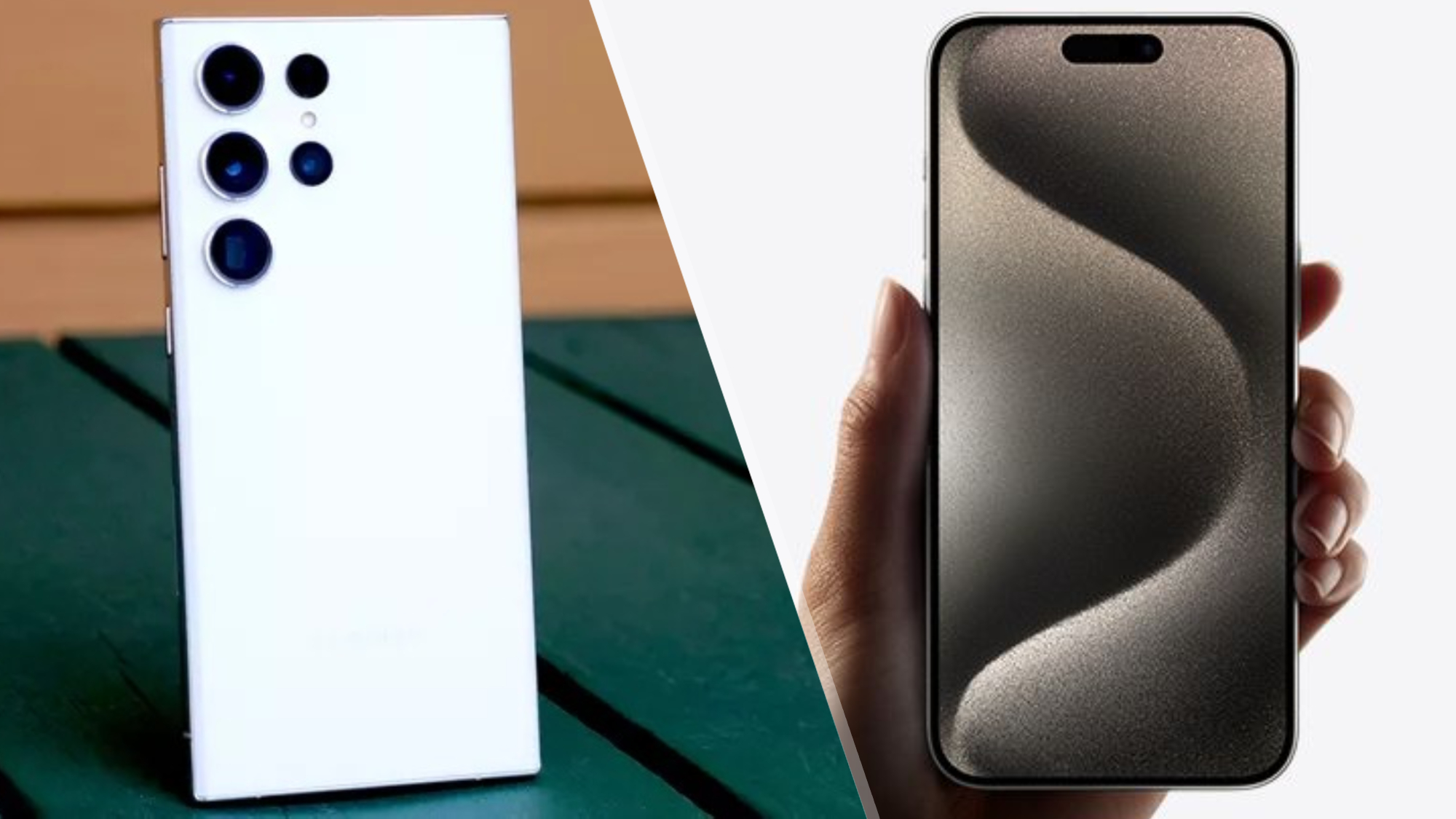
To compensate, Apple at least allows downloading an older version of a previously downloaded app tif a device can’t run the latest version.. (If you haven’t previously downloaded the app, you can download the latest version from a newer device using the same Apple ID to enable that option on the older device.)
Among the reasons iOS apps often outshine their Android counterparts is that Android must accommodate phones that have more modest specifications. But the flip side is that the latest versions of Android apps tend to run on older OS versions for longer, sometimes dramatically so. The following table shows the minimum major OS version, along with its release year, to run some popular cross-platform apps:
| App | Minimum iOS Version | Minimum Android Version |
| Amazon | 15 (2021) | 5 (2014) |
| Audible | 16 (2022) | 6 (2015) |
| eBay | 15 (2021) | 5 (2014) |
| 13 (2019) | 6 (2015) | |
| 14 (2020) | 5 (2014) | |
| Netflix | 16 (2022) | 5 (2014) |
| Slack | 15 (2021) | 10 (2019) |
| Spotify | 14 (2020) | 5 (2014) |
| TikTok | 14 (2020) | 5 (2014) |
| Venmo | 14 (2020) | 5 (2014) |
| Zoom | 11 (2017, 13 for iPad version) | 6 (2015) |
It’s worth bearing in mind that the phones that can run these apps can predate the year of the minimum OS release due to upgrades; For example, iOS 17 can be installed on an iPhone XS or XR, released in 2018.
Stay in the know with Laptop Mag
Get our in-depth reviews, helpful tips, great deals, and the biggest news stories delivered to your inbox.
Unlike Apple’s App Store, Google Play doesn’t allow downloading older versions of apps. More adventurous users who have enabled installing apps from unknown sources can turn to an alternative app store such as APKPure, which allows downloading of many older Android app versions back to their original release. Installations of these older versions, however, may require even further work and often fail.
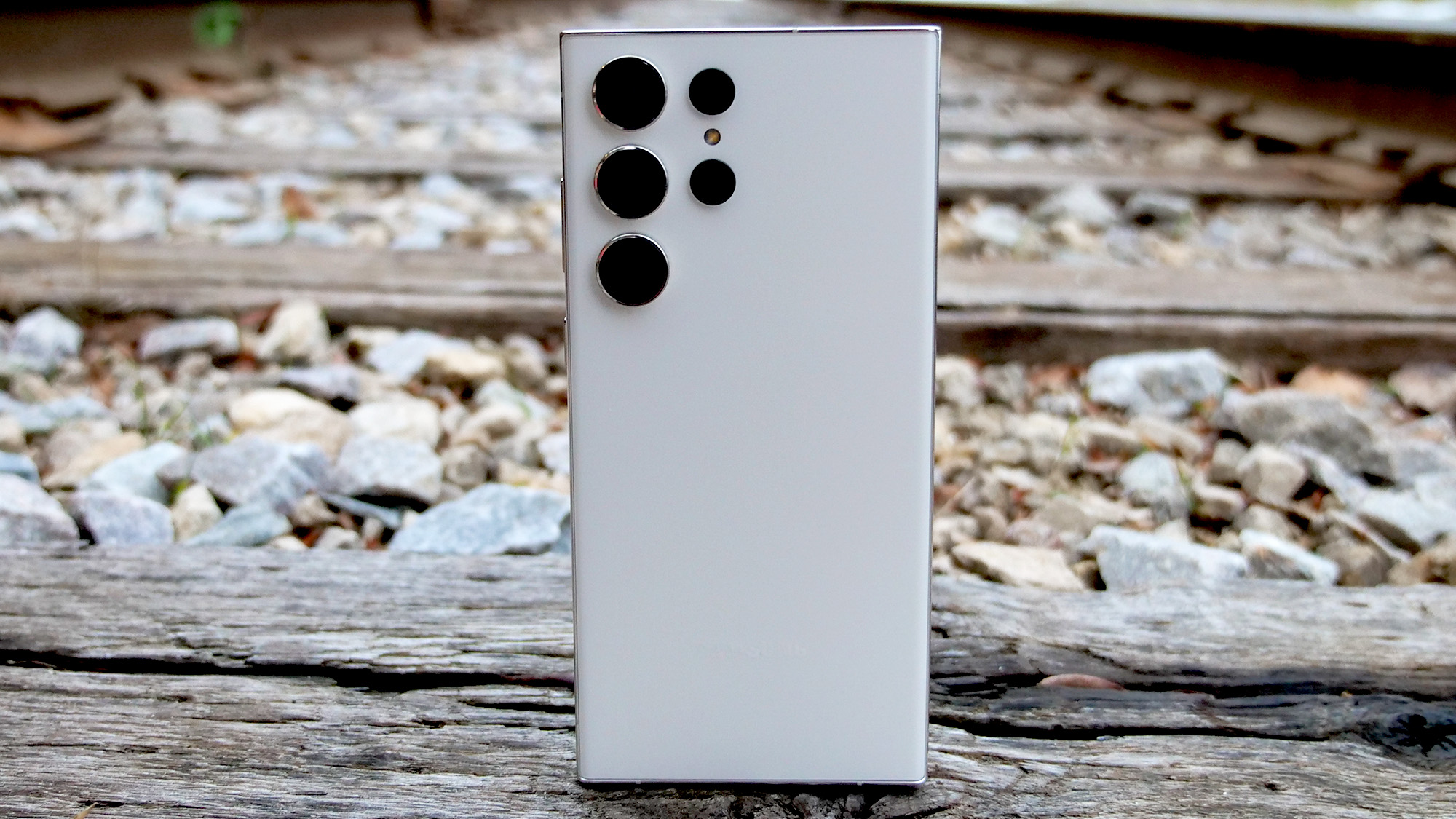
Google also cuts off very old versions of Android from signing into Google Play services; these versions have typically dwindled to 1% or less of the active user base. If you ever have to reset one of the affected phones, you won’t be able to access Google Play to download compatible apps. (You also can’t log into GMail or use other Google apps that require a Google account.) In August, Google started cutting off access to phones running Android 4.4 (“KitKat” when the company used an alphabetical sweets theme to name its versions). While KitKat debuted 10 years ago, it is only one major version removed from 5.1/Lollipop, which is still supported for the latest versions of many leading apps.
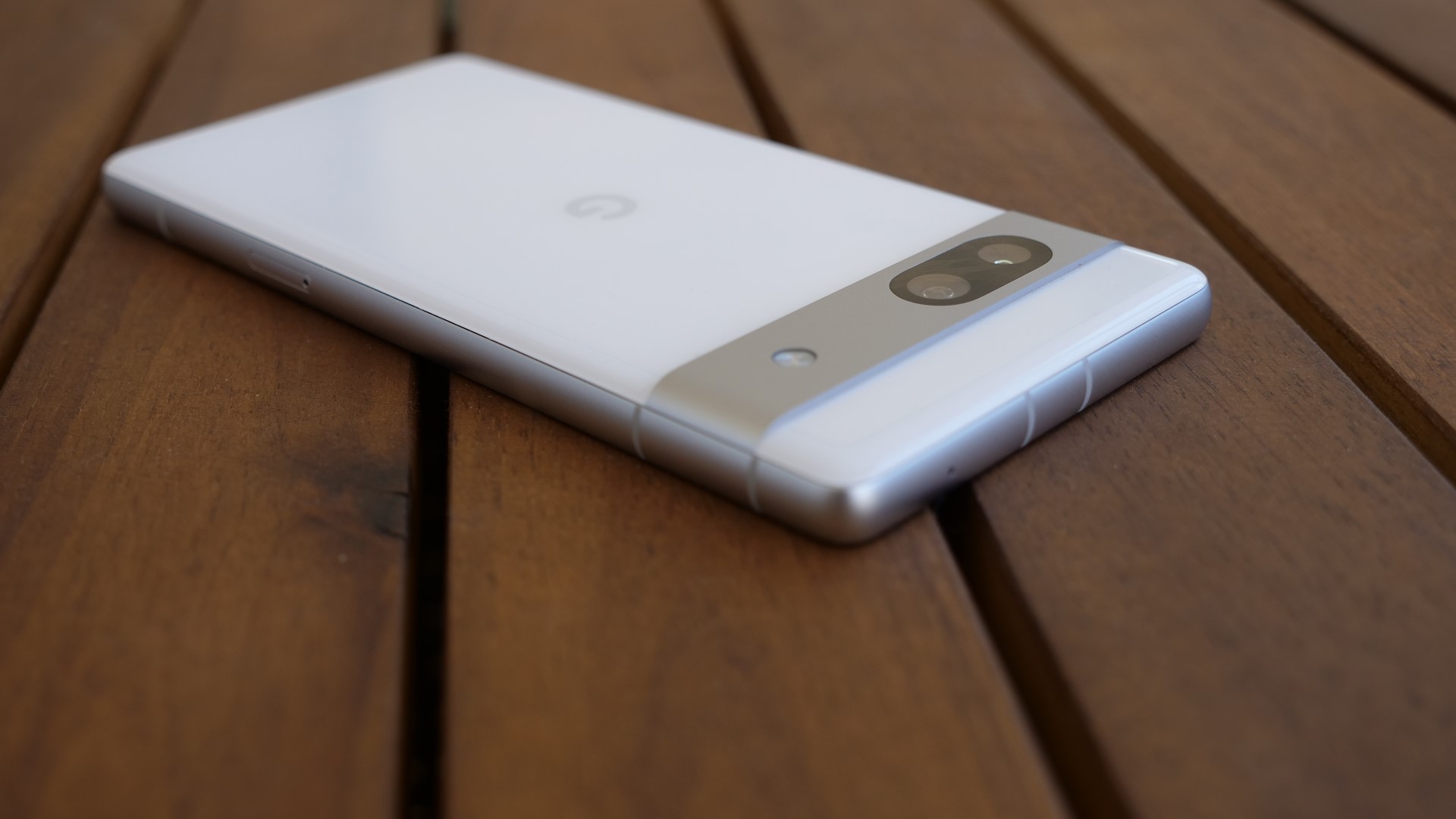
Installing an app on affected phones requires downloading an alternative app store (which may also refuse to install), using an alternative app store’s web interface (if the browser supports it), or sideloading the app from a PC. Indeed, I was recently able to use that last option to get some apps onto a novel Japanese device running the ancient Android 1.6 (though several didn’t install).
There are, of course, many factors beyond app store support that determine the effective longevity of an app-centric device. For example, cheap Android devices may use materials that are more prone to break and the manufacturer may never update their Android version. Devices in both camps can fail to work with updated Wi-Fi security standards and even continue beyond the sunsetting of cell service networks like 3G. But factors related to Android’s sprawling device diversity encourage developers to support older operating systems longer. And particularly for those willing to venture beyond Google Play, Android offers more—if spotty—assurance for those who want to install apps until a phone or tablet’s bitter end.

Ross Rubin is the founder and principal analyst at Reticle Research. Ross has been an industry analyst focusing on innovation in the technology, media and telecom markets for over 20 years. Prior to founding Reticle Research, he was executive director and principal analyst at The NPD Group, where he provided analysis on a wide range of technology topics and led research spanning devices, access and content. You can follow him on X and Threads @rossrubin.
